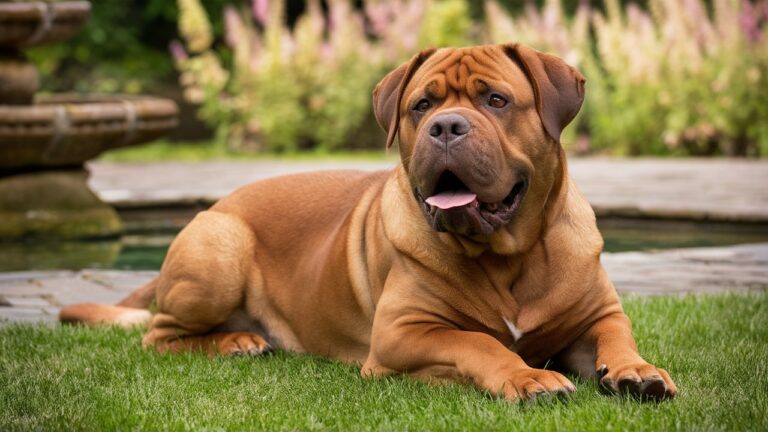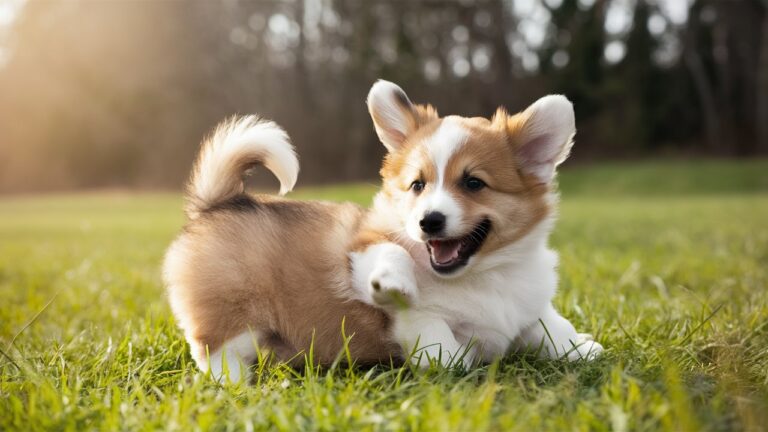The Chinook Dog: 100% Comprehensive Guide to a Remarkable Breed
The Chinook Dog, an American treasure, is a rare breed that combines the best qualities of a working dog with the affectionate nature of a family companion. Known for their exceptional strength, endurance, and gentle disposition, Chinooks have a rich history intertwined with adventure, loyalty, and versatility. This article delves deep into the world of the Chinook Dog, providing well-researched information, personal anecdotes, and insights to give you a comprehensive understanding of this remarkable breed.
1. Origins and History
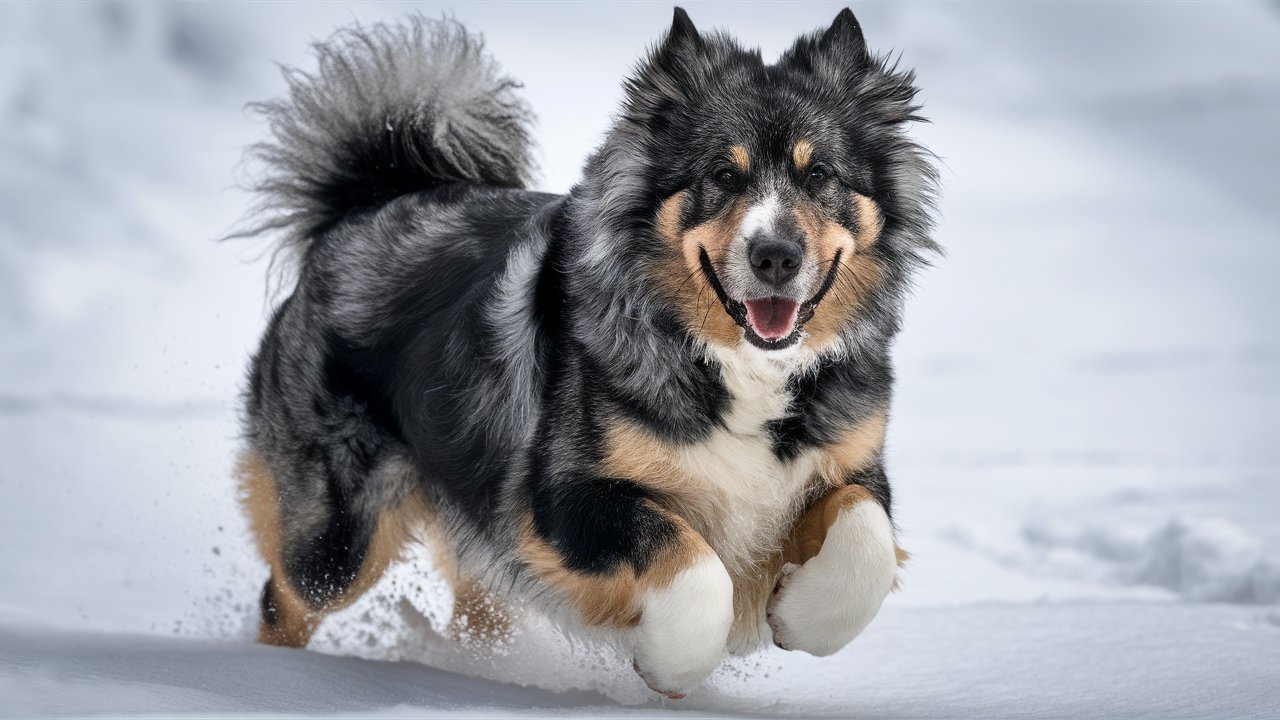
The story of the Chinook Dog begins in the early 20th century with a man named Arthur Treadwell Walden. Walden, an adventurer, author, and dog breeder, sought to create the perfect sled dog. His vision materialized in 1917 with the birth of a puppy named Chinook, who became the foundation of the breed. Chinook was the offspring of a Greenland Husky and a Mastiff/St. Bernard mix, resulting in a dog with impressive strength, stamina, and a gentle temperament.
Walden and Chinook, along with a team of Chinook dogs, participated in Admiral Richard Byrd’s 1929 Antarctic expedition. This remarkable journey showcased the breed’s capabilities and cemented its reputation as an exceptional sled dog. Despite the breed’s near-extinction in the mid-20th century, dedicated breeders and enthusiasts worked tirelessly to revive and preserve the Chinook Dog, ensuring its survival and recognition by the American Kennel Club (AKC) in 2013.
2. Physical Characteristics
Chinooks are medium to large-sized dogs, with males typically weighing between 70 to 90 pounds and females ranging from 50 to 70 pounds. They have a well-muscled, athletic build that reflects their heritage as working dogs. Their double coat is dense and weather-resistant, with colors ranging from tawny to reddish-gold, often with darker shading on the ears and muzzle.
The breed’s expressive almond-shaped eyes are usually brown, conveying a gentle and intelligent demeanor. Chinooks have a bushy tail that can curl slightly over their back when they are excited or alert. Their ears, which can be either erect or semi-erect, contribute to their alert and attentive expression.
3. Temperament and Personality
Chinooks are known for their friendly, gentle, and patient nature. They form strong bonds with their families and are particularly good with children, making them excellent family pets. Their social and amiable disposition extends to other dogs and animals, although early socialization is essential to ensure harmonious interactions.
One of the breed’s most endearing qualities is their loyalty and desire to please their owners. This trait, combined with their intelligence, makes them highly trainable and responsive to positive reinforcement methods. Chinooks thrive on human companionship and can suffer from separation anxiety if left alone for extended periods.
4. Training and Exercise Needs
Chinook dogs, with their origins rooted in the demanding world of sledding and exploration, possess a natural aptitude for physical activity and mental challenges. This breed thrives on engagement, making training and exercise pivotal to their well-being. In this section, we’ll delve deeper into the training techniques and exercise regimens that are most effective for Chinooks, offering insights into their unique requirements and preferences.
1. Understanding the Chinook’s Exercise Requirements
Daily Physical Activity: Chinooks are high-energy dogs that require substantial daily exercise to keep them healthy and happy. Ideally, they should receive at least an hour of vigorous activity each day. This can include activities such as:
- Hiking: Chinooks love exploring trails and can easily keep up on long hikes. Their stamina and enthusiasm for the outdoors make them excellent hiking companions.
- Running: Whether alongside a bicycle or as a jogging partner, Chinooks enjoy running. Their powerful build and endurance make them well-suited for longer runs.
- Fetching Games: Playing fetch with a ball or frisbee can provide an excellent workout. This activity also helps to improve their agility and response time.
- Swimming: Many Chinooks enjoy swimming, which is a great low-impact exercise that works various muscle groups without straining their joints.
Mental Stimulation: In addition to physical exercise, Chinooks need mental stimulation to prevent boredom and destructive behaviors. Activities that challenge their intelligence include:
- Puzzle Toys: Interactive toys that dispense treats can keep a Chinook engaged and mentally stimulated.
- Training Sessions: Short, daily training sessions that introduce new commands or tricks can help keep their minds sharp.
- Scent Work: Engaging in scent-based games, such as hide and seek with treats, can be highly rewarding for a Chinook’s keen nose.
2. Effective Training Techniques for Chinooks
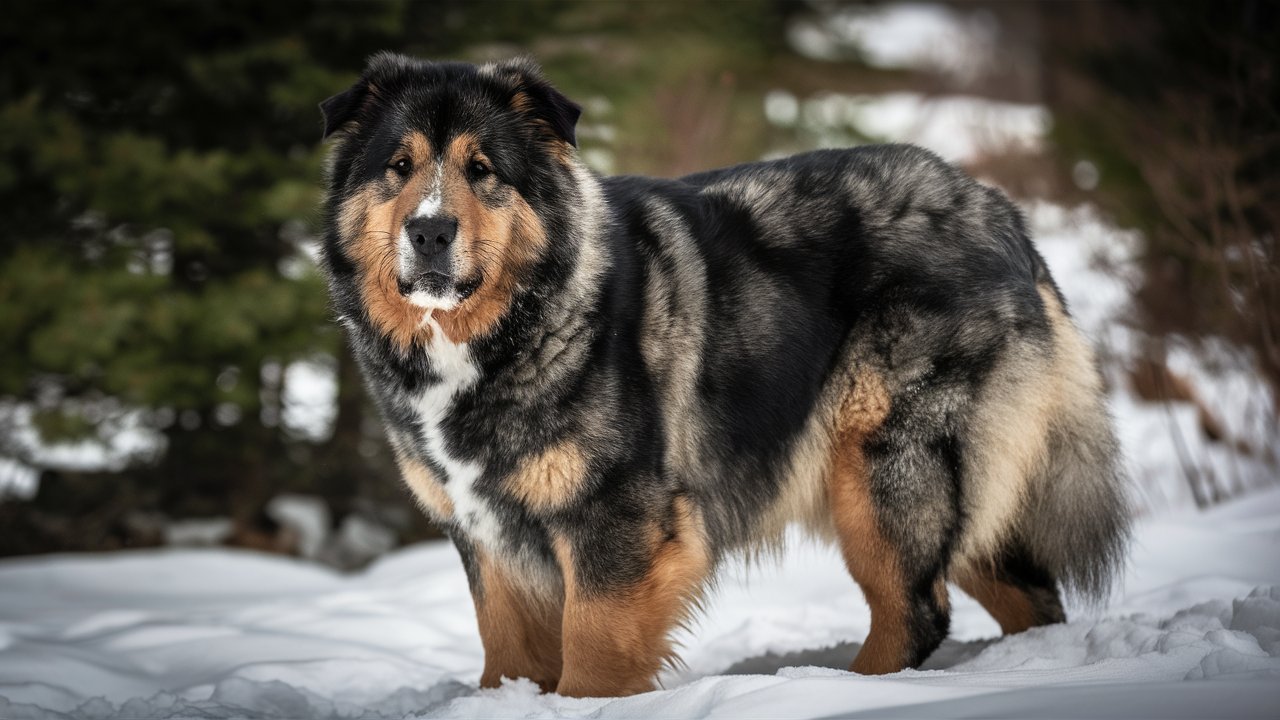
Positive Reinforcement: Chinooks respond exceptionally well to positive reinforcement training methods. This approach involves rewarding desired behaviors with treats, praise, or play, which encourages the dog to repeat those behaviors. Key aspects of positive reinforcement include:
- Consistency: Being consistent with commands and rewards helps Chinooks understand what is expected of them. Use the same commands and signals for specific behaviors to avoid confusion.
- Timing: Rewarding your Chinook immediately after they perform a desired behavior helps them associate the action with the reward.
- Variety of Rewards: Using a mix of treats, praise, and toys keeps training sessions interesting and motivating for your Chinook.
Socialization: Socializing your Chinook from a young age is crucial for developing a well-rounded and confident dog. Early exposure to various environments, people, and other animals helps prevent fear and aggression. Effective socialization strategies include:
- Puppy Classes: Enrolling your Chinook puppy in a well-structured puppy class can provide controlled exposure to other dogs and people.
- Regular Outings: Taking your Chinook to different places, such as parks, pet-friendly stores, and neighborhood walks, helps them become accustomed to various sights, sounds, and smells.
- Positive Experiences: Ensuring that new experiences are positive and non-threatening helps build your Chinook’s confidence. Use treats and praise to reinforce good behavior in new situations.
Obedience Training: Chinooks are intelligent and eager to please, making them highly trainable. Basic obedience training should focus on commands such as sit, stay, come, and heel. Advanced training can include agility, rally, and even sledding commands if you plan to engage in winter sports. Tips for successful obedience training include:
- Short Sessions: Keep training sessions short (10-15 minutes) to maintain your Chinook’s attention and prevent boredom.
- Clear Commands: Use clear, concise commands and avoid repeating them multiple times. This helps your Chinook understand and respond promptly.
- Gradual Progression: Start with basic commands and gradually introduce more complex tasks. This builds a strong foundation and prevents your Chinook from becoming overwhelmed.
3. The Importance of Routine and Structure
Chinooks thrive on routine and structure. Establishing a consistent daily routine that includes regular exercise, feeding times, and training sessions helps them feel secure and reduces anxiety. Creating a balanced schedule might involve:
- Morning Exercise: A brisk morning walk or run to start the day on a positive note.
- Training Sessions: Short training sessions before or after meals to capitalize on their natural motivation.
- Playtime: Dedicated playtime in the afternoon or evening to burn off any remaining energy.
- Evening Relaxation: A calm, quiet period in the evening to help them wind down and prepare for bedtime.
4. Engaging in Dog Sports and Activities
Chinooks excel in various dog sports and activities, which can be an excellent way to meet their exercise needs while strengthening the bond between dog and owner. Some popular activities for Chinooks include:
- Agility: Agility training involves navigating an obstacle course, which helps improve your Chinook’s coordination, speed, and obedience.
- Canicross: This sport involves running cross-country with your dog attached to your waist by a bungee cord. It provides an intense workout for both the dog and owner.
- Skijoring: A winter sport where a skier is pulled by one or more dogs, skijoring taps into the Chinook’s sledding heritage and provides excellent exercise.
- Weight Pulling: This activity involves dogs pulling a weighted cart or sled over a short distance. It highlights the Chinook’s strength and endurance.
- Search and Rescue Training: Given their intelligence and work ethic, some Chinooks are trained for search and rescue missions, utilizing their keen sense of smell and problem-solving abilities.
5. Addressing Behavioral Challenges
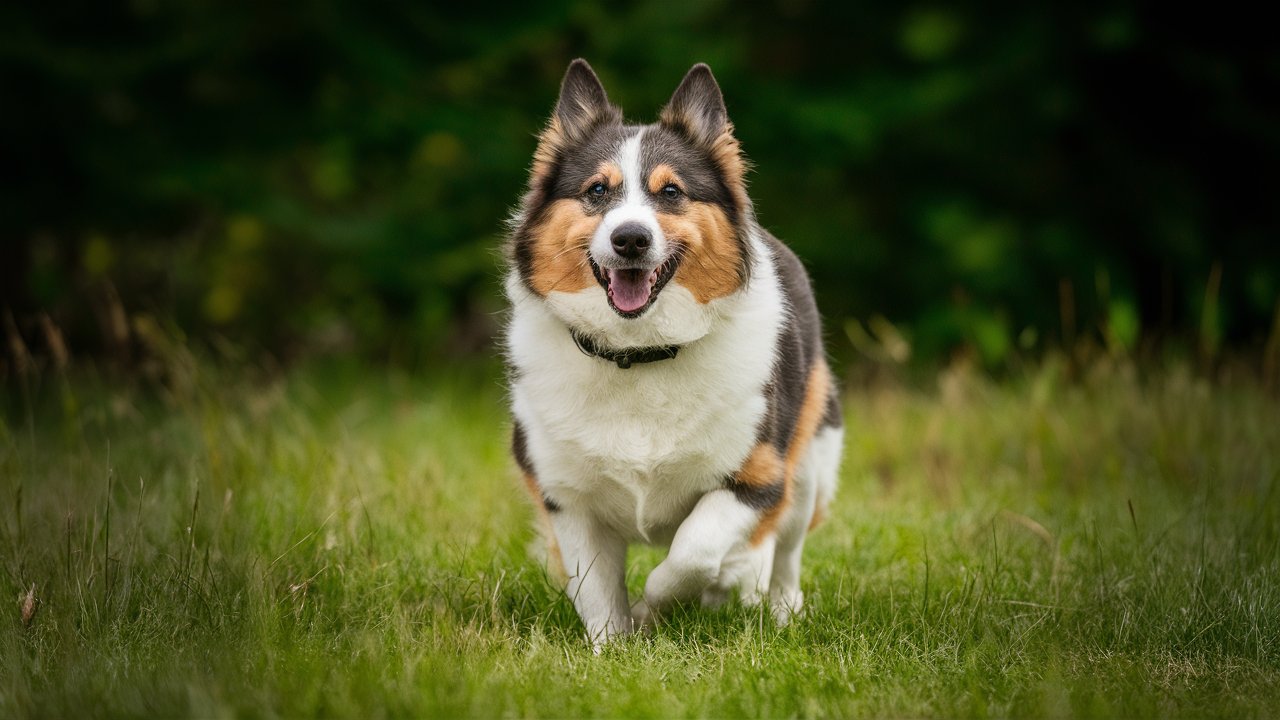
Like any breed, Chinooks can exhibit certain behavioral challenges that require attention and training. Common issues and their solutions include:
Separation Anxiety: Chinooks form strong bonds with their owners and may experience separation anxiety when left alone. To alleviate this:
- Gradual Departures: Practice leaving your Chinook alone for short periods and gradually increase the duration.
- Create a Safe Space: Provide a comfortable and secure area, such as a crate or a specific room, where your Chinook feels safe.
- Interactive Toys: Use puzzle toys or treat-dispensing toys to keep your Chinook occupied while you are away.
Destructive Chewing: Chinooks may resort to chewing if they are bored or anxious. To prevent destructive chewing:
- Provide Chew Toys: Offer a variety of durable chew toys to satisfy their natural urge to chew.
- Regular Exercise: Ensure your Chinook gets enough physical and mental exercise to prevent boredom-induced chewing.
- Training: Teach your Chinook what is appropriate to chew and redirect them to their toys if they start chewing on household items.
Leash Pulling: Chinooks, with their strong build, can sometimes pull on the leash during walks. To address leash pulling:
- Consistent Training: Use positive reinforcement to teach your Chinook to walk calmly on a leash. Reward them for walking beside you without pulling.
- Stop and Go: If your Chinook starts to pull, stop walking and wait until they return to your side before continuing. This teaches them that pulling leads to a halt in forward movement.
- Harnesses: Consider using a no-pull harness that discourages pulling and provides better control during walks.
5. Health and Lifespan
Chinooks are generally healthy dogs with a lifespan of 12 to 15 years. However, like all breeds, they are susceptible to certain health issues. Responsible breeders conduct health screenings for conditions such as hip dysplasia, epilepsy, and certain eye disorders to ensure the health and well-being of their dogs.
Regular veterinary check-ups, a balanced diet, and maintaining an appropriate weight are essential for keeping a Chinook healthy. Routine grooming, including brushing their dense coat and checking for ear infections, also contributes to their overall well-being.
6. The Chinook Dog in Popular Culture
While the Chinook Dog may not be as widely recognized as some other breeds, it has left an indelible mark in popular culture. The breed’s association with historic expeditions, such as Admiral Byrd’s Antarctic adventure, highlights their significance in early 20th-century exploration.
Moreover, Chinooks have been featured in various media, including books and documentaries, celebrating their unique qualities and contributions. Their story continues to inspire dog lovers and adventurers alike, showcasing the enduring legacy of this remarkable breed.
7. Personal Anecdotes and Stories
To truly appreciate the Chinook Dog, it helps to hear from those who have experienced the breed’s charm firsthand. Here are a few personal anecdotes from Chinook owners that highlight the breed’s unique qualities:
A Day in the Life of Max, the Chinook
Max, a four-year-old Chinook, lives with his family in rural Vermont. His owner, Sarah, shares her experiences:
“Max is the heart of our family. Every morning, he wakes us up with a wagging tail and a soft nudge. He loves our daily hikes through the forest trails, where his enthusiasm for exploring is contagious. Max is incredibly gentle with our children, always patient and protective. His favorite part of the day is when we all gather around the fireplace in the evening. He curls up at our feet, content and happy. Max’s loyalty and loving nature have enriched our lives in ways we never imagined.”
From Sledding Adventures to Family Companionship
Tom, an avid outdoorsman and sledding enthusiast from Alaska, shares his story about his Chinook, Luna:
“Luna is an amazing dog. Her strength and endurance on the sledding trails are impressive. We’ve covered countless miles together, and she never ceases to amaze me with her determination and spirit. But what makes Luna truly special is her gentle nature. After a long day of sledding, she transforms into a cuddly, affectionate companion. Luna’s ability to switch between working dog and family pet is remarkable. She has brought so much joy and adventure into our lives.”
Rescuing and Rehabilitating a Chinook
Emily, a volunteer at a dog rescue organization in Colorado, recounts her experience with a rescued Chinook named Rocky:
“Rocky came to us malnourished and scared. It was clear he had been through a lot. With patience and love, we slowly gained his trust. The transformation was incredible. Rocky blossomed into a confident, happy dog who adored human company. He found a forever home with a wonderful family who cherished him. Rocky’s resilience and capacity for love are testaments to the Chinook breed’s incredible spirit.”
8. The Future of the Chinook Dog
The Chinook Dog has a storied past, and its future, while bright, requires ongoing effort and dedication. As one of the rarest dog breeds, the Chinook’s preservation and promotion are paramount to ensuring that this remarkable breed continues to thrive and capture the hearts of dog lovers worldwide.
Preserving Genetic Diversity
One of the key challenges facing the Chinook Dog is maintaining genetic diversity. Due to the breed’s small population, inbreeding can pose significant health risks. To address this, breeders must adhere to responsible breeding practices, including genetic testing and careful selection of breeding pairs. The goal is to produce healthy puppies while minimizing the risk of genetic disorders.
Collaborative efforts among breeders, such as sharing genetic information and resources, are essential. Organizations like the Chinook Owners Association (COA) and the Chinook Club of America (CCA) play a vital role in facilitating these collaborations. By pooling knowledge and working together, breeders can ensure the long-term health and vitality of the Chinook Dog.
Promoting Awareness and Education
Raising awareness about the Chinook Dog is crucial to its future. Many people are unfamiliar with the breed, which can make it challenging to find suitable homes and advocates. Educational initiatives, including breed-specific events, informational websites, and social media campaigns, help to spread the word about the Chinook Dog’s unique qualities and history.
Participation in dog shows and events also provides an excellent platform for showcasing the breed. By demonstrating the Chinook’s versatility, intelligence, and gentle nature, enthusiasts can attract new admirers and potential owners. Education extends to prospective owners as well, ensuring they understand the breed’s needs and characteristics before bringing a Chinook into their home.
Supporting Rescue and Rehoming Efforts
While breeding programs are essential, rescue and rehoming efforts are equally important. Rescue organizations dedicated to the Chinook Dog work tirelessly to find homes for dogs in need. These organizations provide a safety net for Chinooks that find themselves in unfortunate circumstances, whether due to changes in their owner’s situation or other factors.
Supporting these rescue groups through donations, volunteering, or adopting a rescue Chinook can make a significant difference. Rescue dogs often come with their own set of challenges, but with patience and love, they can become wonderful companions. By giving a rescue Chinook a second chance, individuals contribute to the breed’s overall well-being and preservation.
Embracing Modern Technology
Advancements in technology offer new opportunities for preserving and promoting the Chinook Dog. Genetic testing tools have become more accessible and accurate, allowing breeders to make informed decisions about breeding pairs. Online databases and registries help track genetic diversity and health information, facilitating better breeding practices.
Social media and online communities provide platforms for Chinook enthusiasts to connect, share experiences, and support one another. Virtual events, webinars, and online resources make it easier for people to learn about the breed, even if they are geographically distant from other Chinook owners or breeders.
The Role of Breed Organizations
Breed organizations like the COA and CCA are instrumental in shaping the future of the Chinook Dog. These organizations set breeding standards, organize events, and provide resources for breeders and owners. They also advocate for the breed’s recognition and preservation at national and international levels.
Membership in these organizations offers numerous benefits, including access to a network of experienced breeders, educational materials, and opportunities to participate in events. By joining and actively participating in breed organizations, Chinook enthusiasts can contribute to the breed’s continued success and growth.
Inspiring the Next Generation
Ensuring the future of the Chinook Dog also involves inspiring the next generation of dog lovers and breeders. Youth programs, educational outreach, and involvement in dog-related activities can ignite a passion for the breed in young people. Mentorship from experienced breeders and owners helps pass on valuable knowledge and skills.
Encouraging young enthusiasts to engage in activities such as dog sports, junior handling, and breed clubs fosters a sense of responsibility and commitment to the Chinook Dog. By nurturing this interest, we can cultivate future stewards of the breed who will continue the work of preservation and promotion.
Conservation and Sustainability
The Chinook Dog’s future is intrinsically linked to broader conservation and sustainability efforts. Protecting the natural environments where Chinooks thrive, such as open spaces for exercise and adventure, ensures that future generations of dogs and humans can enjoy these areas. Advocating for responsible pet ownership, including spaying and neutering, helps control the population and reduce the number of dogs in shelters.
Sustainability also involves supporting ethical breeding practices and avoiding puppy mills or irresponsible breeders. By choosing to support reputable breeders who prioritize health, temperament, and genetic diversity, prospective owners contribute to the long-term sustainability of the Chinook Dog.
9. Finding a Chinook Dog
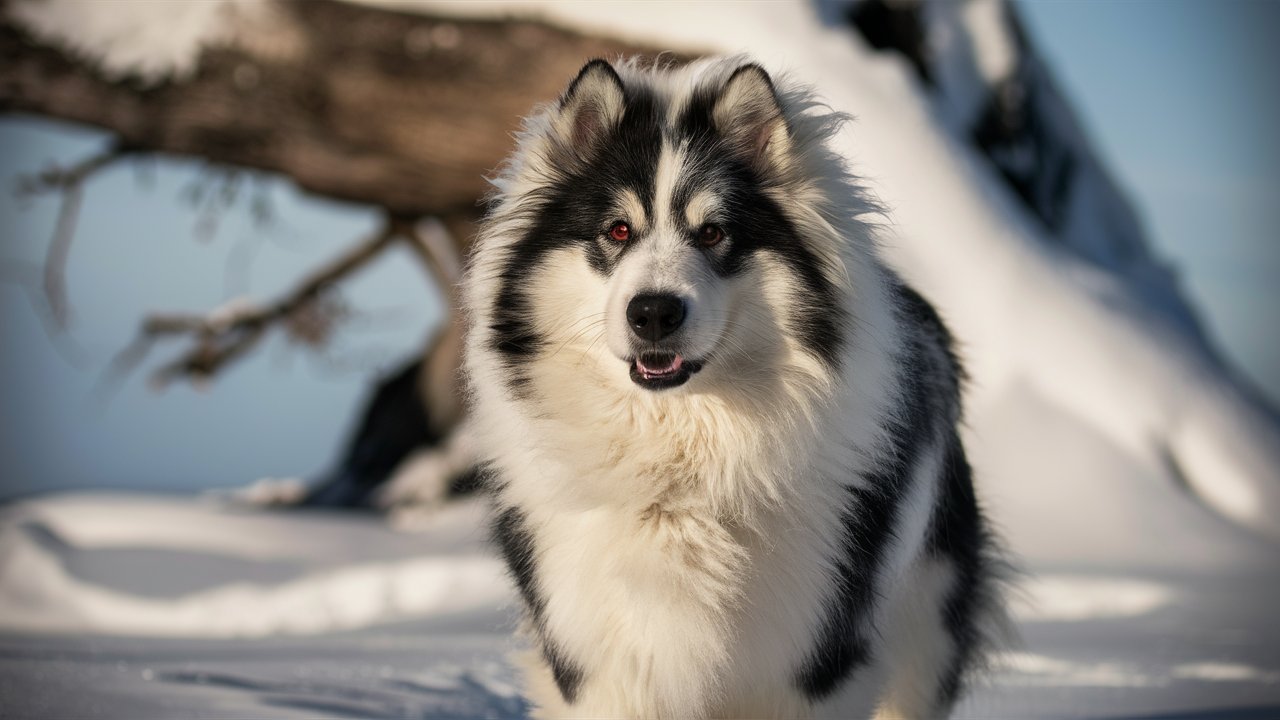
If you are considering adding a Chinook Dog to your family, it is essential to find a reputable breeder who prioritizes the health and well-being of their dogs. Research breeders thoroughly, ask for health clearances, and visit their facilities if possible. Responsible breeders will be happy to answer your questions and provide information about the breed.
Additionally, consider adopting a Chinook from a rescue organization or breed-specific rescue group. Many wonderful Chinook dogs are looking for loving homes, and adoption can be a rewarding experience.
Conclusion
The Chinook Dog is a breed like no other, combining strength, endurance, and a gentle disposition into a remarkable companion. Their rich history, from early 20th-century expeditions to their present-day roles as beloved family pets, highlights their versatility and enduring appeal. Through personal anecdotes and well-researched information, we hope to have provided a comprehensive understanding of this extraordinary breed.
Whether you are an adventurer seeking a loyal sledding partner or a family looking for a gentle and loving pet, the Chinook Dog offers a unique blend of qualities that make them a cherished addition to any household. As we celebrate the Chinook’s past and look towards its future, one thing remains clear: the Chinook Dog’s legacy of loyalty, strength, and affection will continue to inspire and captivate dog lovers for generations to come.
